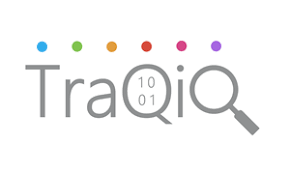Agile project management provides numerous benefits to organizations, project teams, and products. The benefits extend well beyond the technology teams – they allow the business to be agile and respond to customer requirements better.
Happy customers
The product owner is always deeply involved in the process – requirements definition, change requests, and the entire engineering process. The development process, which was historically opaque, is now transparent. This allows the engineers and the customers to learn from each other. The engineers learn what the REAL requirement is, and the customers get a flavor of the challenges faced by the engineers. The speed of change and focus on building working software typically results in happier and more knowledgeable customers.
Quality metrics
Understand requirements, develop a working model, test & validate. This model has daily/weekly/monthly checkpoints to ensure that the right solution is being built. More importantly, since a small module is built and tested each time, it can be rigorously tested for technical and functional issues each time. Incorporating continuous integration and daily testing into the development process allows the development team to address issues while they’re still fresh.
Tools, better communications & project control
Regular meetings ensure good communication. There are a variety of tools for running agile projects – the project management process, tools to manage the scrum boards, creation of workflows, tracking progress with Burndown charts, track team velocity, development platforms, etc.
Having mature tools to track progress and automate tasks has a significant impact on the overall health of the project. Also, for the project leaders there is a significant flow of data from all sources helping them manage the project in an open transparent manner.
Faster and better results
Agile is always iterative and allows the product owner to see results rapidly. This allows for rapid changes of direction if needed, thereby minimizing significant losses. Statistics show a 30-40 faster process for most comparable Agile projects. Being able to keep the end customer in the middle of the process almost always results in optimal results
Risk Management
It is unlikely that an agile project will crash and burn. In most scenarios, it is highly likely that there will be changes, which may alter the schedule and budget. However, those small changes help in preventing the huge losses where a complete SDLC project had to be shelved as the user requirements changed during the 12-18 months in which it was being developed.
Agile typically blends user stories with business-focused acceptance criteria to define the feature and results. This tight combination offers the opportunity to beta test every component to ensure that the right value is being offered.
TraQiQ’s Digital transformation team has worked on multiple significant efforts to move companies to the Agile methodology and welcomes the opportunity to tackle tougher challenges.



